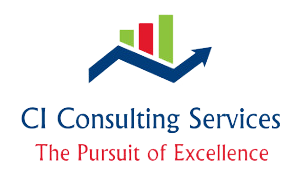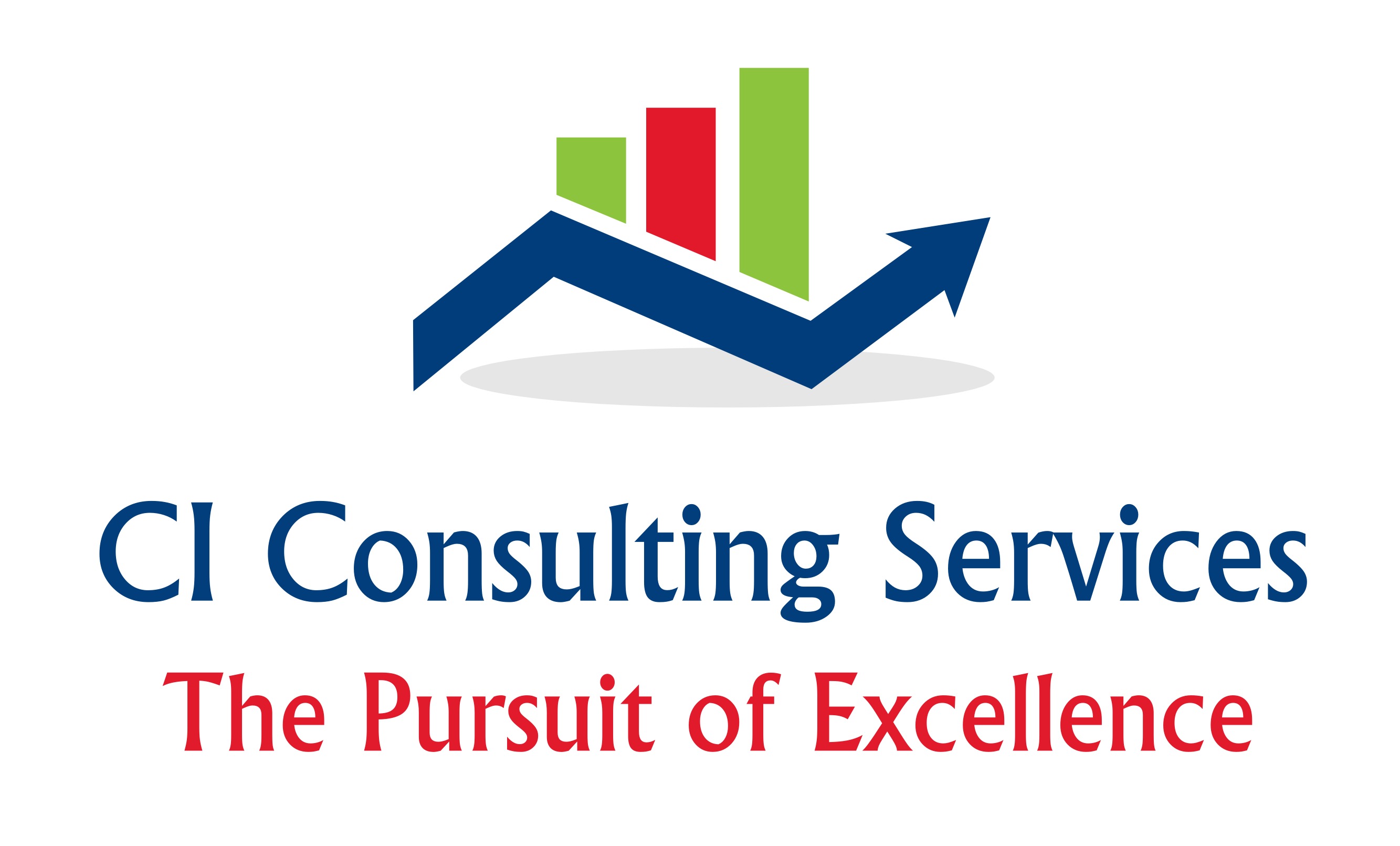
The 30" Snow
One common thing I’ve seen recently is when asking people how they would describe their process using metrics. Instead of telling me what's typical or what most commonly occurs in their process, they will tell me the extremes or the worst it could possibly be and has in the past.
Just imagine I’m considering moving to the Philadelphia area from down south and I'm concerned about winter weather. Someone might tell me, "You know, it can snow up to 30" around here. And that's true. There was a blizzard Jan 22-24, 2016, that dumped about 30" of snow in the region. And do you know when the last storm that dumped 30” before that was? Jan 7, 1996 - over 20 years previously!
The average snowfall in the Philadelphia region is 13" of snow per year. I know what you're thinking, that can't be right! Sometimes it snows 13" in one storm. Don't forget that years like 2020 bring that average down significantly. That's why statistically minded people like to talk about confidence intervals for predicted values as measured by the mean and standard deviation which provides a more complete answer than a single number.
Why do some people quote the worst case? Is it that they don't want to get blamed if the business has a "bad day"? Are they trying to level-set expectations for others? We see variation every day. Is it any surprise we see it in complex transactional or manufacturing processes? The way to be more consistent is to remove the factors that lead to variation in output.
It's tempting just to say sometimes, "Guess we had a bad day with scrap today." I hope tomorrow is a better day. "Hope" is a lousy CI strategy. Instead we need to understand the process and what is critical to quality. Maybe the way to reduce errors in documentation is to have clear work instructions and forms that are easier to fill out.
It's true that in a call center, for instance, some things are beyond our control. A heavy call volume day could lead to longer wait times. Still, if we know that Mondays tend to be heavy call volume days we can staff accordingly.
We could also work on the interactions with the call center staff to make sure that they can find the information they need quickly. Sometimes it requires a technology investment to link systems. Sometimes it's a matter of finding the little improvements we can make to trim call wait times.
Possibly we should create a FAQ. Perhaps we need to create folder shortcuts to save the 10 seconds of clicking through a complex folder hierarchy, especially if we do it many times a day.
While some things are beyond our control, very often we're not taking advantages of the simple things that can make a difference and help mitigate those days when call volumes are high. And, if you've come up with improvements in your workflow, is there a system to share that with everyone who needs it?



